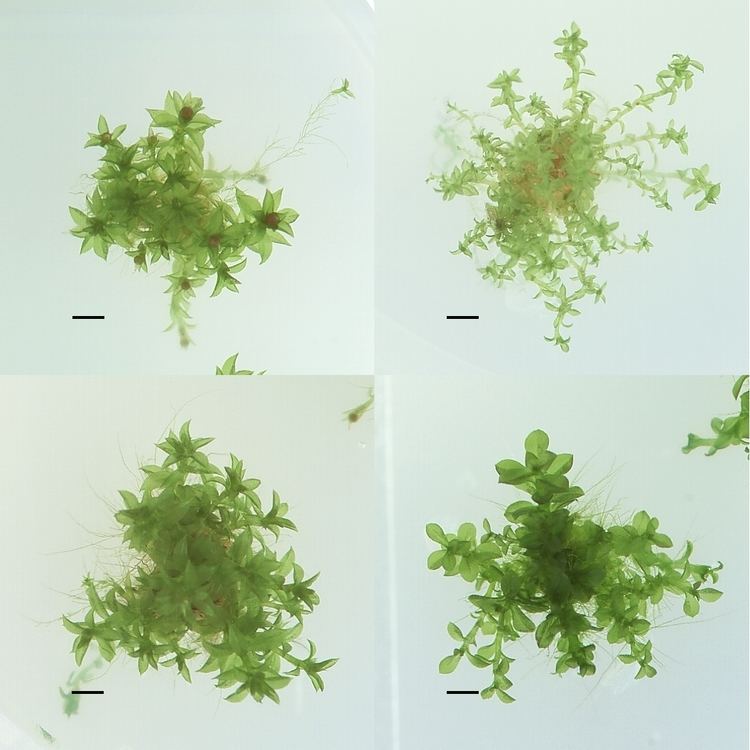 | ||
In evolutionary ecology, an ecotype, sometimes called ecospecies, describes a genetically distinct geographic variety, population or race within a species, which is adapted to specific environmental conditions.
Contents
Typically, though ecotypes exhibit phenotypic differences (such as in morphology or physiology) stemming from environmental heterogeneity, they are capable of interbreeding with other geographically adjacent ecotypes without loss of fertility or vigor.
Definition
An ecotype is a variant in which the phenotypic differences are too few or too subtle to warrant being classified as a subspecies. These can occur in the same geographic region where distinct habitats such as meadow, forest, swamp, and sand dunes provide ecological niches. Where similar ecological conditions occur in widely separated places it is possible for a similar ecotype to occur. This is different to a subspecies, which may exist across a number of different habitats. In animals, ecotypes can be regarded as micro-subspecies that owe their differing characteristics to the effects of a very local environment. Therefore, ecotypes have no taxonomic rank.
Terminology
Ecotypes are closely related to morphs. In the context of evolutionary biology, genetic polymorphism is the occurrence in equilibrium of two or more distinctly different phenotypes within a population of a species, in other words, the occurrence of more than one form or morph. The frequency of these discontinuous forms (even that of the rarest) is too high to be explained by mutation. In order to be classified as such, morphs must occupy the same habitat at the same time and belong to a panmictic population (whose all members can potentially interbreed). Polymorphism is actively and steadily maintained in populations of species by natural selection (most famously sexual dimorphism in humans) in contrast to transient polymorphisms where conditions in a habitat change in such a way that a "form" is being replaced completely by another.
In fact, Begon, Townsend and Harper assert that
The notions "form" and "ecotype" may appear to correspond to a static phenomenon, however this is not always the case. Evolution occurs continuously both in time and space, so that two ecotypes or forms may qualify as distinct species in only a few generations. Begon, Townsend and Harper use an illuminating analogy on this:
Thus ecotypes and morphs can be thought of as precursory steps of potential speciation.
Range and distribution
Experiments indicate that sometimes ecotypes manifest only when separated by great spatial distances (of the order of 1,000 km). This is due to hybridization whereby different but adjacent varieties of the same species (or generally of the same taxonomic rank) interbreed, thus overcoming local selection. However other studies reveal that the opposite may happen, i.e., ecotypes revealing at very small scales (of the order of 10 m), within populations, and despite hybridization.
In ecotypes, it is common for continuous, gradual geographic variation to impose analogous phenotypic and/or genetic variation. This situation is called cline. A well-known example of cline is the skin color gradation in indigenous human populations worldwide, which is related to latitude and amounts of sunlight. But often the distribution of ecotypes is bimodal or multimodal. This means that ecotypes may display two or more distinct and discontinuous phenotypes even within the same population. Such phenomenon may lead to speciation and can occur if conditions in a local environment change dramatically through space or time.
